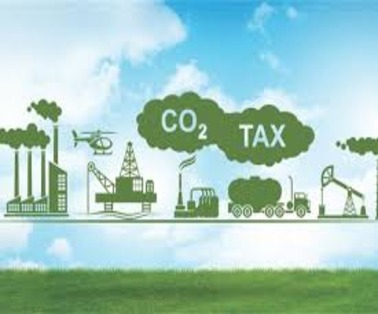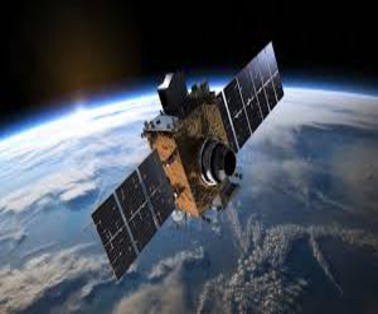The European Union (EU) has announced that its Carbon Border Adjustment Mechanism (CBAM) will be introduced in its transitional phase from October 2023
What is Carbon Border Adjustment Mechanism?
- It will levy a carbon tax on imports of products made from the processes which are not Environmentally sustainable or non-Green.
- CBAM will translate into a 20-35 % tax on select imports into the EU starting 1st January 2026.
- CBAM is part of the “Fit for 55 in 2030 package“, which is the EU’s plan to reduce greenhouse gas emissions by at least 55% by 2030 compared to 1990 levels in line with the European Climate Law.
- The CBAM is a policy tool aimed at reducing Carbon Emissions by ensuring that imported goods are subject to the same carbon costs as products produced within the EU.
- EU aims to go carbon-neutral by 2050
Features Of Carbon Border Adjustment Mechanism
- The measure will apply first to iron and steel, cement, aluminum, fertilizers, electricity production and hydrogen before being extended to other goods.
- It also disincentivizes EU companies from moving production to more tolerant countries, something that EU lawmakers refer to as “carbon leakage.”
- Under the new mechanism, companies will need to buy certificates to cover emissions generated by the production of goods imported into the European Union based on calculations linked to the EU’s own carbon price.
- The EU carbon market, known as the Emissions Trading System (ETS), already caps greenhouse gas emissions from more than 11,000 power and manufacturing plants, as well as all internal EU flights, covering some 500 airlines
Impact of Carbon Border Adjustment Mechanism on India
- The value of India’s exports to the EU in 2020–21 was $41.36 billion
- This tax would raise the cost of products created in India in the EU, decreasing the appeal of those products to consumers and possibly decreasing demand.
- Companies with a high carbon footprint would face significant short-term hurdles as a result of the tax
- The CBT would include both the electricity sector and energy-intensive industries like cement, steel, aluminium, oil refineries, paper, glass, and chemicals.
- The carbon intensity of Indian products is significantly higher than that of the EU and many other countries because coal dominates the overall energy consumption.
- Since India has no domestic carbon pricing scheme in place, this poses a greater risk to export competitiveness, as other countries with a carbon pricing system in place might have to pay less carbon tax or get exemptions.
European Union
- European Union (EU), international organization comprising 27 European countries and governing common economic, social, and security policies.
- Formed in 1993.
- Headquarters Brussels, Belgium
- It came into force after the signing of the Maastricht Treaty by 28 countries.
- The Maastricht Treaty is also known as the Treaty of the European Union (TEU). Maastricht is a city located in the Netherlands.
- European Union was awarded the Nobel Prize for Peace in 2012.
- On January 31, 2020, the United Kingdom (U.K) formally left the European Union. U.K is the first country to leave the E.U.
EU Objectives
The objectives of forming European Union are listed below.
- To increase political cooperation
- To enhance economic integration by creating a single currency, the EURO.
- Unified security and foreign policy
- Common citizenship Rights
Carbon Border Tax

To Download Monthly Current Affairs PDF Click here
Get Inspiration from CLAT 2025 Topper
Click here to get a free demo
Everything About CLAT 2025



